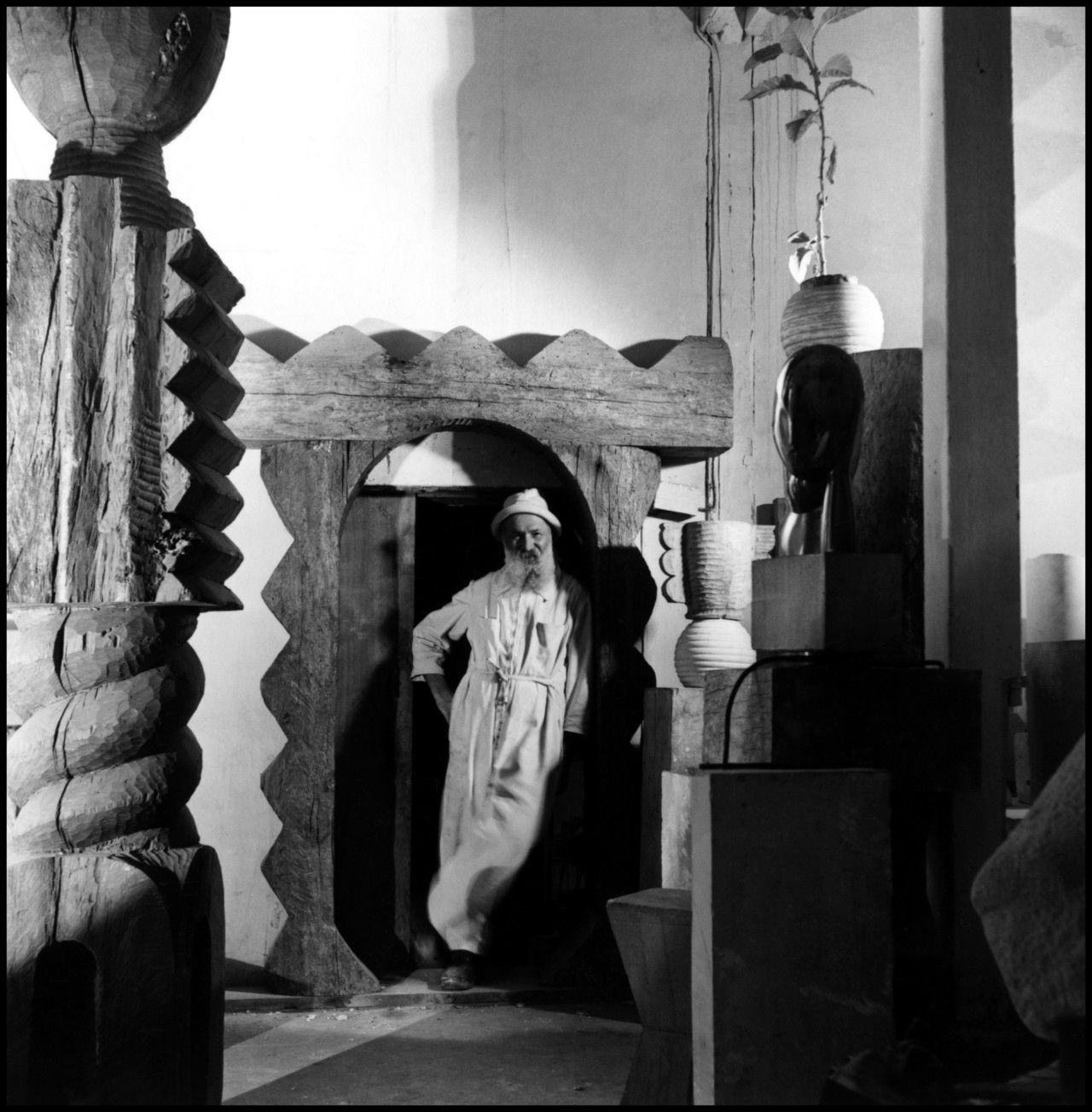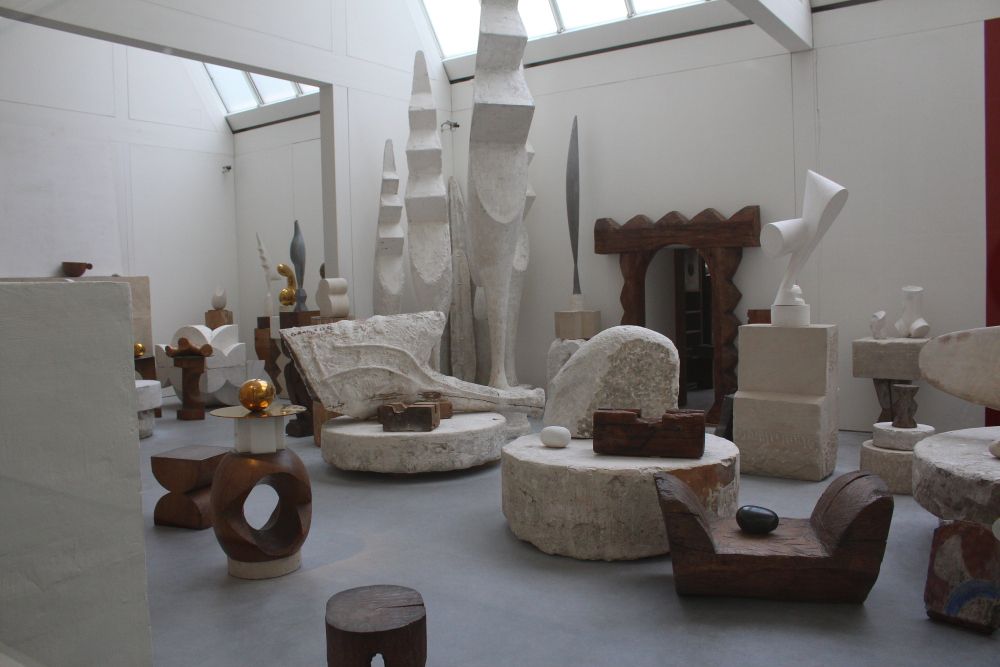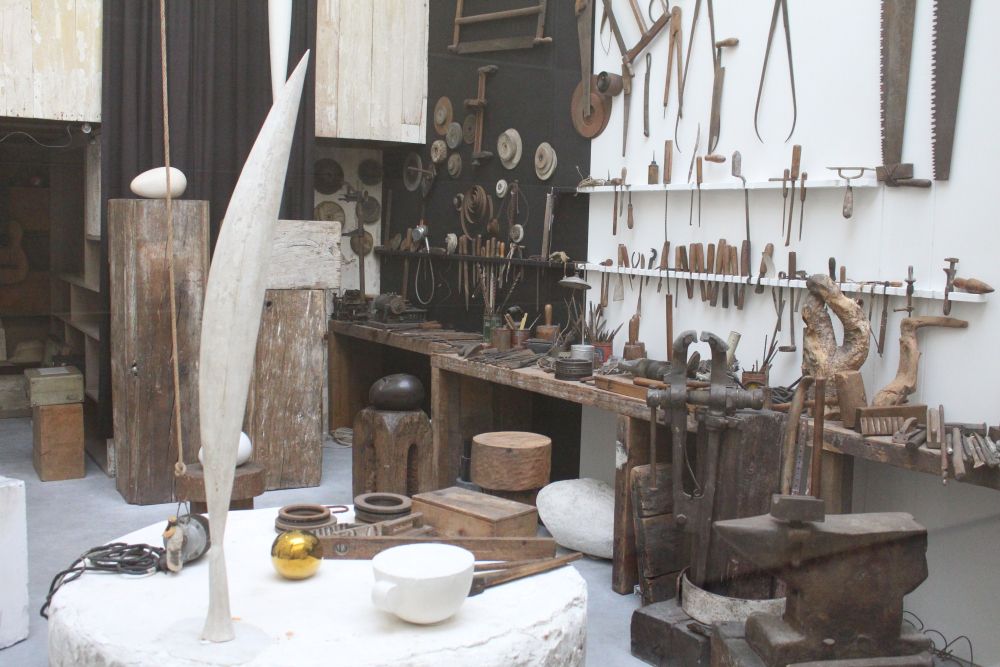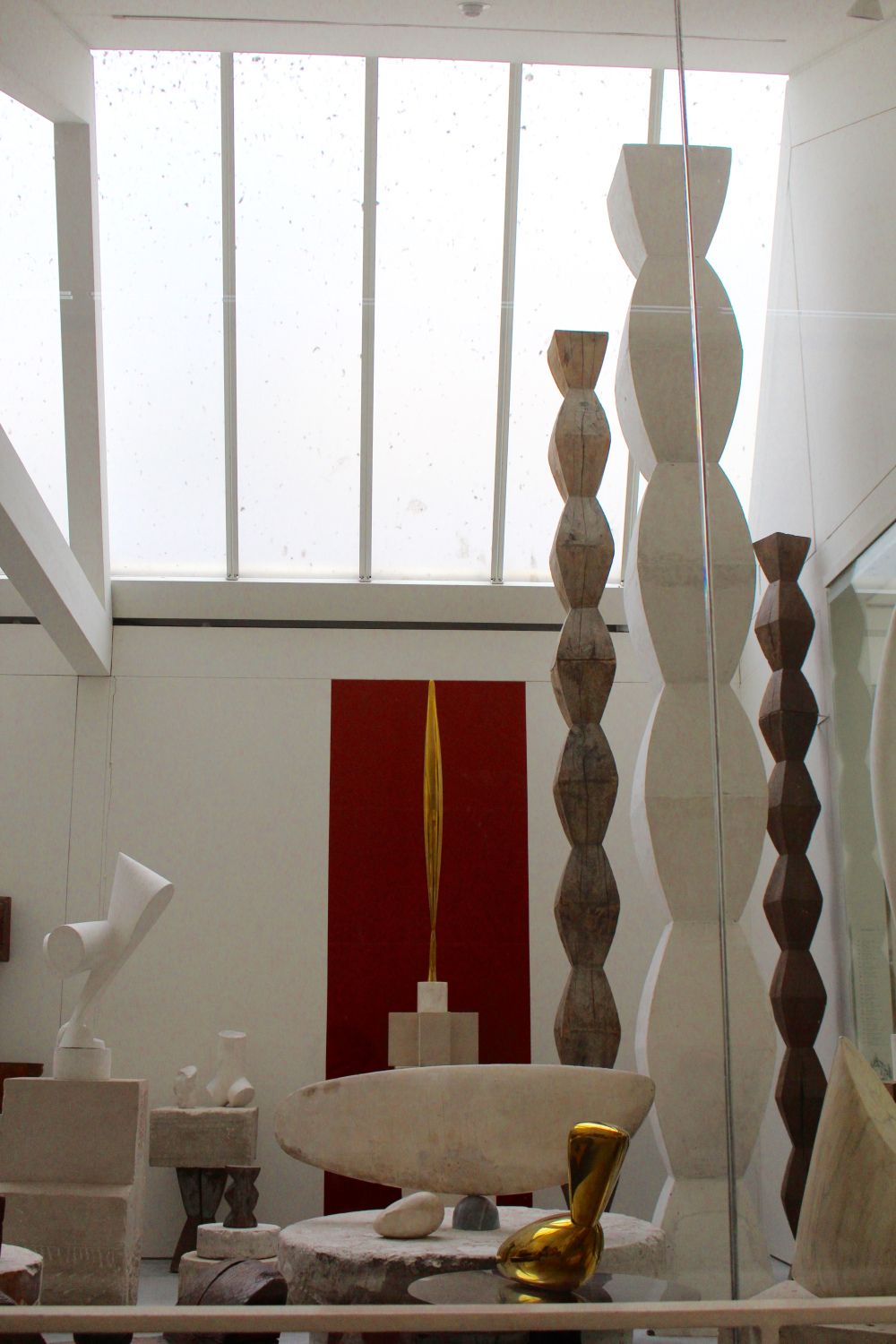CONSTANTIN BRÂNCUŞI STUDIO
- Constantin Brâncuși
Place Georges-Pompidou, 75004 Paris
Constantin Brâncuși (1876-1957) was a Romanian sculptor, painter and photographer, and is considered a pioneer of modernism. He arrived in Paris in 1904, and lived and worked here until his death in 1957. Brâncuși found a welcoming community of artists and intellectuals. He was invited to work for Auguste Rodin and though Brâncuși admired Rodin, he allegedly stated that, "Nothing can grow under big trees."

His sculptures are made mainly from materials such as metal, plaster, stone, or wood, and Brâncuși left the original material intact so you could see its connection to its natural origins. Brâncuși considered the relationship between sculptures and the space around them to be very important.
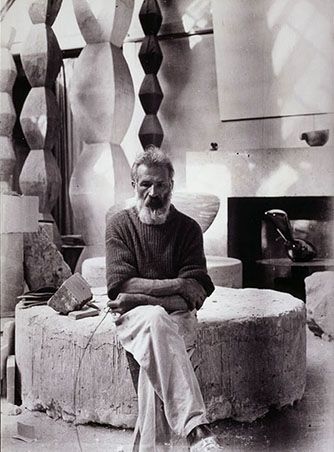
He eventually turned his studio into his exhibition space, and it became his preferred place for the presentation of his works and the whole space functioned like a unity.
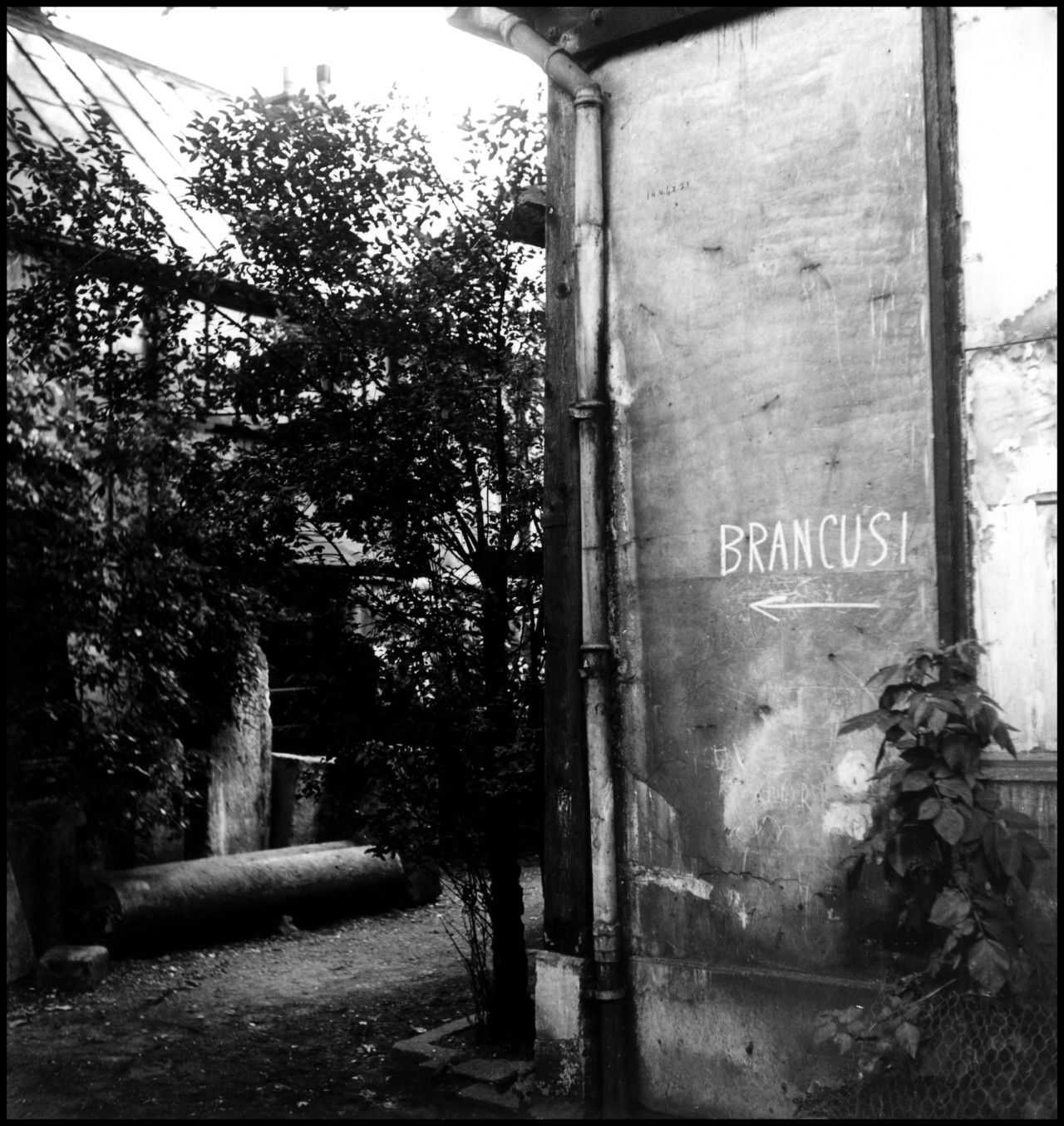

Towards the end of his life, Brancusi stopped creating sculptures and concentrated on the studio space. This relationship became so important to Brâncuși that he avoided exhibiting and if he would sell a piece of his artwork, he would replace the sold work with a plaster replica in order to not do destroy the unity of the group.
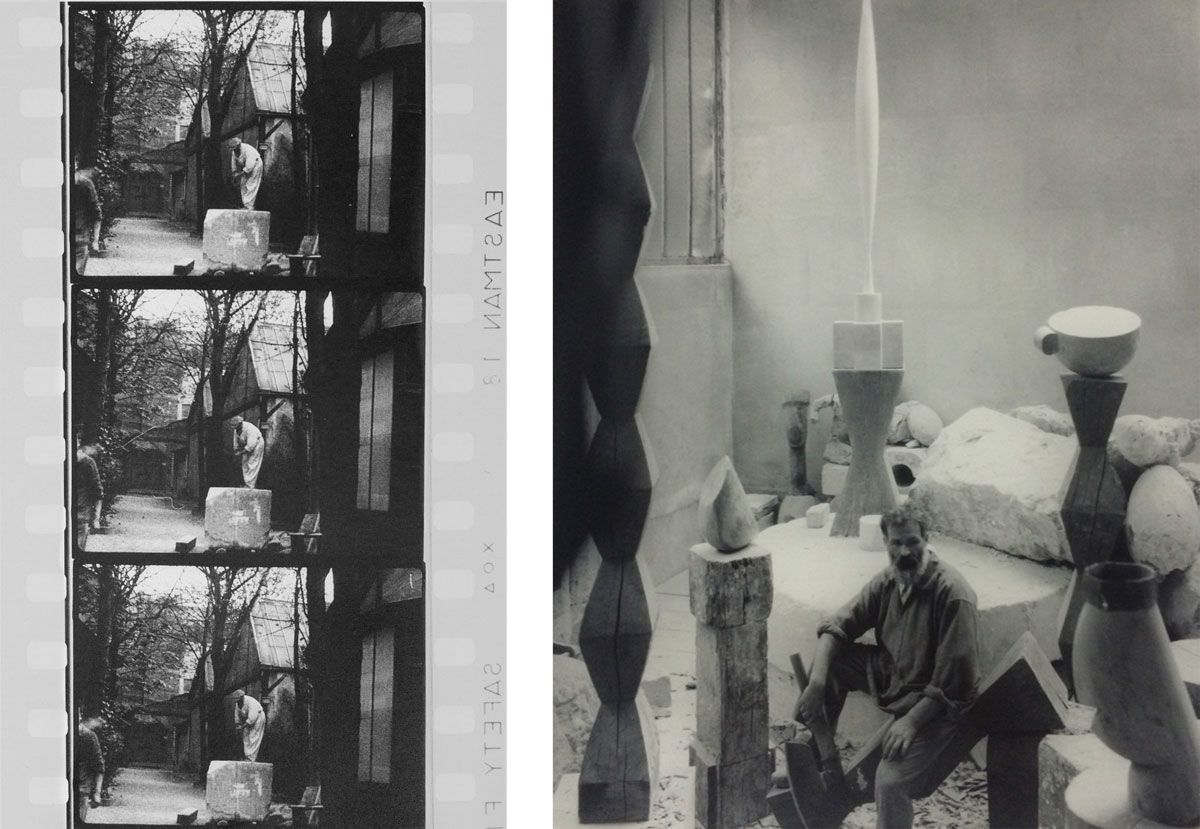
Brâncuși died on March 16, 1957, aged 81, and is buried in Paris. At his death, Brâncuși bequeathed his entire studio and collection to the French state on condition that his workshop be rebuilt as it was on the day he died.
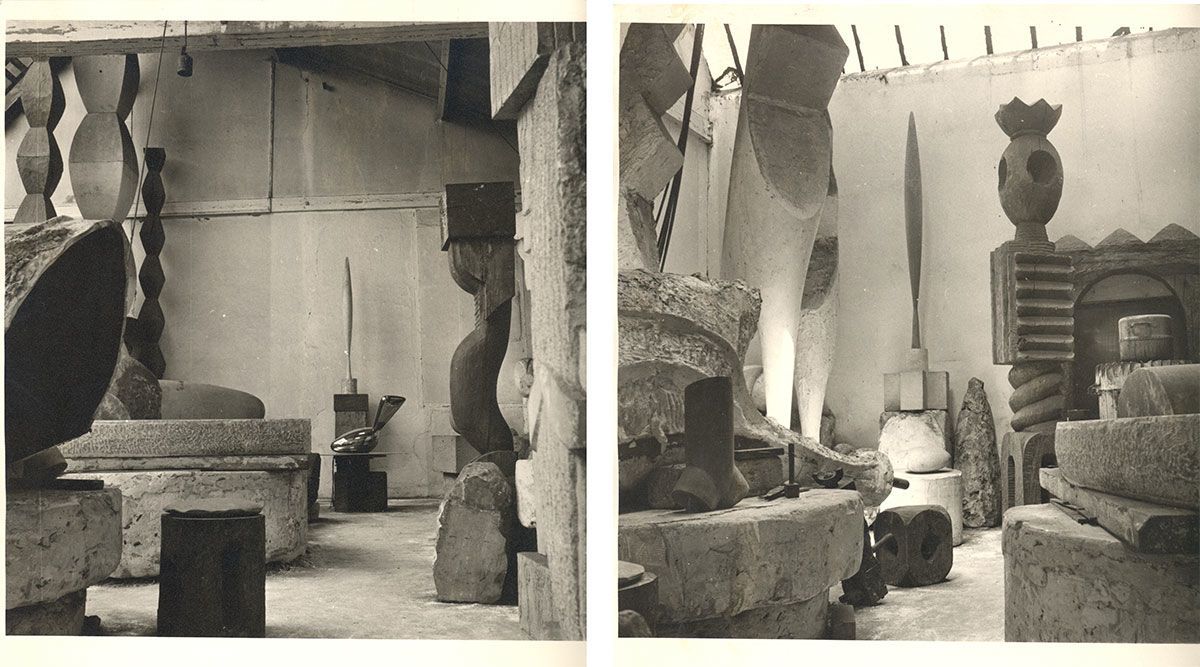
This reconstruction of his studio was made in 1997, adjacent to the Pompidou Centre, and is open to the public.
